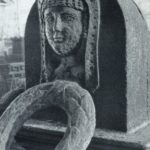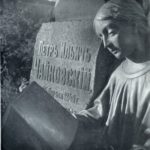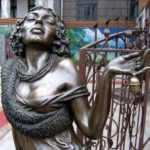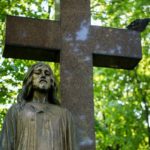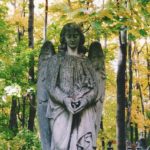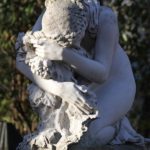Partisan Memorial Cemetery in Mostar

Time of creation – 1960-1965
Author — Bogdan Bogdanovich
Location: Mostar, Bosnia and Herzegovina
Dimensions and materials – 5,000 m² landscape park. Concrete
What is the cemetery in Mostar dedicated to?
During the war, the city of Mostar turned out to be part of the NGH and was finally liberated only on February 14, 1945. In August 1941, popular resistance began to rise here, 810 dead fighters of which were buried in this cemetery.


History of creation
Groups of Yugoslav veterans opposed the burial of partisan soldiers in religious cemeteries because it went against the communist ideals of the revolutionary fighters. Therefore, in 1959, Mostar politicians turned to Bogdan Bogdanovich with a request to create a memorial complex that would put to rest the bodies of all the dead partisans at the same time.
During the construction of the monument in the 1960s, volunteers from youth social movements did most of the work. After its completion in 1965, the monument became a popular attraction with people from all over the country visiting. During the Bosnian wars in the 1990s, the cemetery in Mostar was attacked, vandalized and bombed, and today it has fallen into extreme disrepair.

Symbolism
The memorial complex consists of several earthen terraces, along which a series of wide, curved paths rises. They lead to a large jagged fountain whose water reflects a large cosmological dial in the wall at the top of the memorial.
The absence of religious, nationalistic and sociological symbols, as well as the surrealistic manner of execution, makes this complex unique for its time.
The memorial, nicknamed “the city of the dead” refers to the real physical objects of Mostar. It serves as a reflection of the city of the living, for which the partisans buried here gave their lives.

